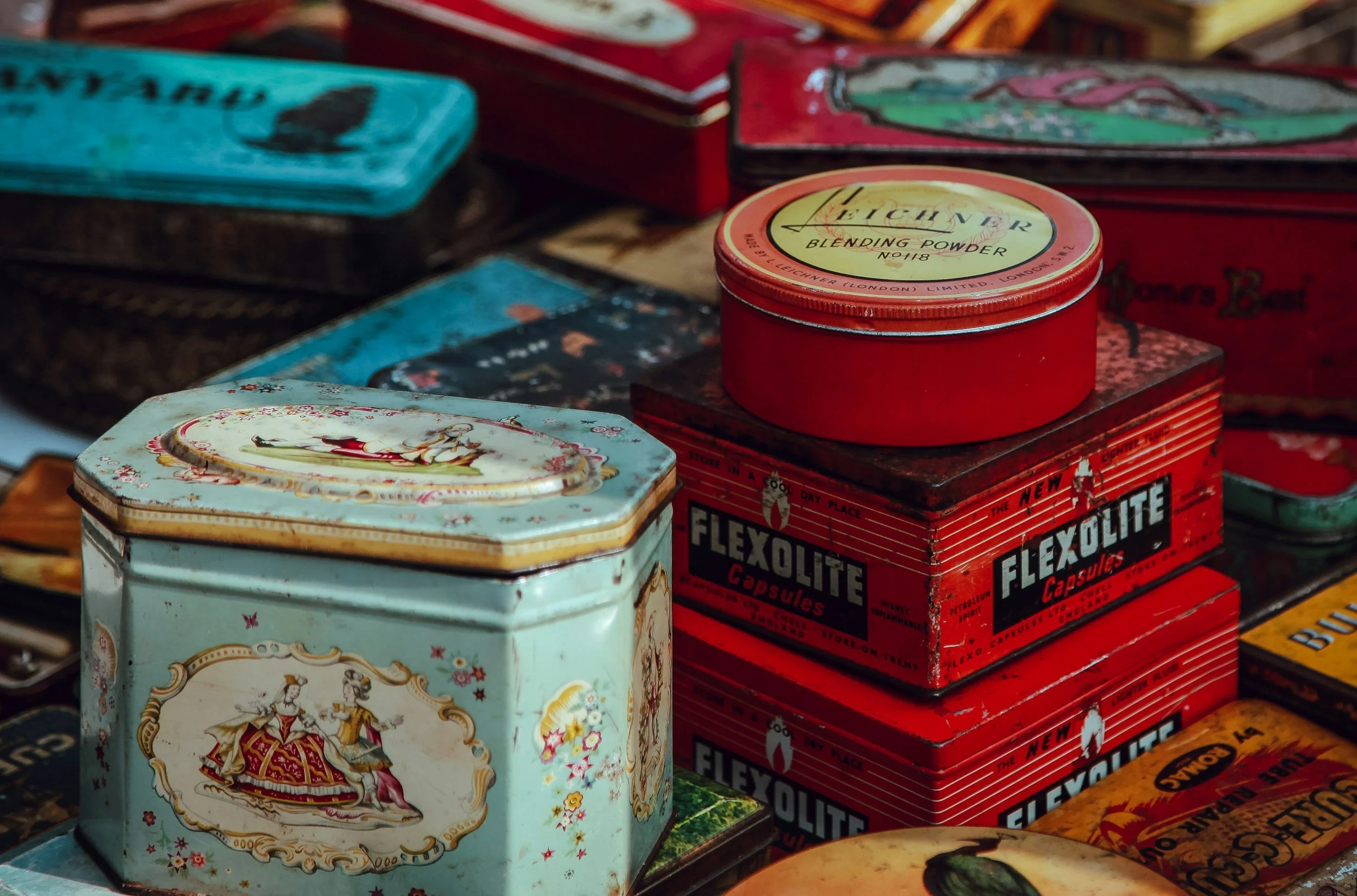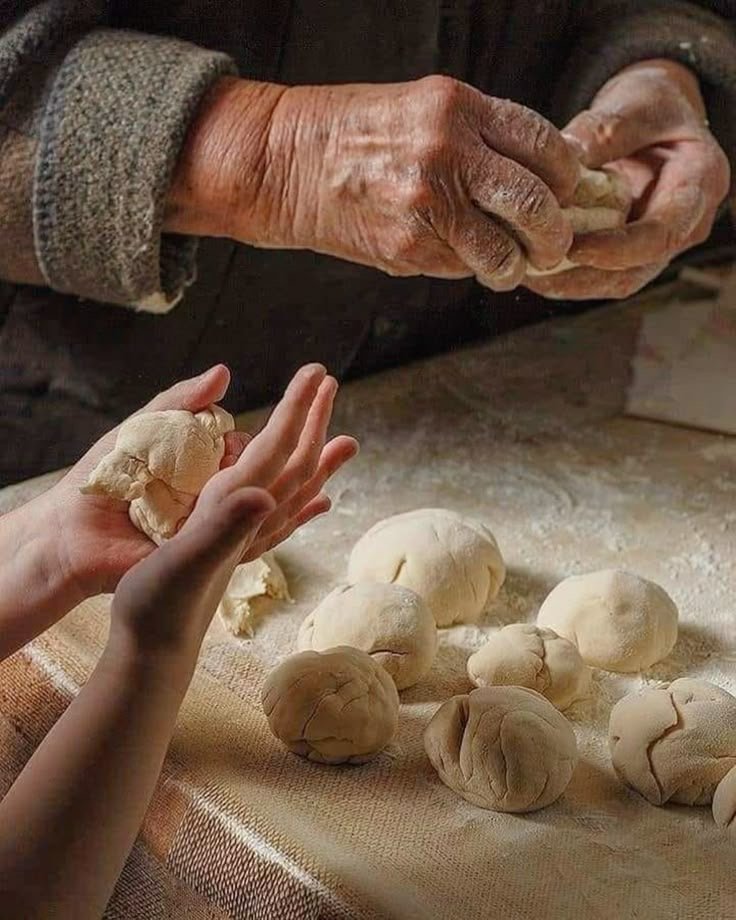Am I Still Your Mother
When my daughter was born, I was worried that I wouldn’t be the one she would call out for in the middle of the night.
Josh brings her warm, tear-soaked body into our king-sized bed – all 29 pounds of my two- and-a-half-year-old. The bed is already fully occupied. Me, Josh and my almost four-year-old son, Miles, sprawled out as if he was attempting to make snow angels in his sleep. But I still welcome Lyla with outstretched arms.
In the dark days after she was born, I promised Josh I wouldn’t go to her at night. He pleaded, “I’ll take care of her. You save your strength. We need you to get through chemo. That’s what you need to do to be a good mother right now.” I didn’t believe him.
I needed to go to her. A carnal urge to heed the call of her wails pulled from somewhere deep inside me. It reminded me that the doctors had convinced me to induce her prior to her due date, so they could begin treatment to save my life. She had been torn from my womb before either of us were ready.
*
But tonight, she is luminous. Her face is clammy with tears and she has smeared snot across her flushed cheeks, making her appear even more cherubic. The curls of her hair are matted to her forehead. I inhale the sweet smell of her: Johnson & Johnson’s detangler spray (the one in the green spray bottle with a picture of a princess on the front) mixed with a hint of peanut butter. I wrap my body around hers and feel her wet diaper against my skin. Not even the scent of her urine disgusts me.
Earlier that day, she smushed my cheeks together with her pillowy hands. Greasy chocolate from her fingers seeped into my skin. She pulled my face towards hers and gave me a big, drooly, open-mouthed kiss smack on the lips.
“Now, we are mawww–rreed,” she proudly exclaimed. Finally, I was the chosen one.
I used to fear her orifices.
I started chemo treatment in the summer of 2019. When my son started preschool in the fall, plague after plague hit our household throwing us into further turmoil. Lyla got the brunt of it. At four months old, she seemed to go from one grotesque illness to the next – goop encrusted eyelashes, projectile vomit squirting out of her mouth as if she was being exorcised. Liquid poop leaked from the crevasses of her diapers. Her body was a nuclear fallout zone for a cancer patient, emanating germs that could land me in the hospital — where I wouldn’t even be able to stare at her from behind glass. My oncologist ordered me to keep my distance.
Was I still her mother if I wasn’t permitted to change her diapers? Was I still a mother without my milk?
In college, I’d become enthralled with the Romanian orphanage crisis of the 1990s. I immersed myself in the work of the founders of attachment theory– John Bowlby, Mary Ainsworth, Harry Harlow.
My research haunted me on those nights when I lay alone in bed. It wasn’t just about breastfeeding. It was about my inability to enjoy skin-to-skin contact. I was prohibited from carrying over ten pounds after my surgery. Luckily, at three weeks old, Lyla weighed only eight. Yet, the healing stitches on the implants masking the empty caverns of my chest were so itchy they made me want to stick a fork in my post-surgical bra. And then there was the numbness. The numbness took away any remnant of intimacy.
In the literature, the word ‘mother’ is often used interchangeably with the phrase ‘primary attachment figure’. But I was not Lyla’s primary attachment figure. Her father was. This knowledge gutted me to my core.
Like snakes, with each new stage of development, mother and child shed their skins and start anew.
Tonight, I support the weight of Lyla’s toddler frame on my hip, her arms wrapped tightly around my neck, as I walk down the stairs holding her. It is too crowded in that bed. Her long legs dangle past my waist, reminding me of the time that was stolen from us.
It is January and the sun hasn’t yet risen. As we traverse the house on our journey to the couch, we pad past framed family photographs, moments of frozen joy strung out like icicles on the mantel.
I cannot see the baby photos, but I’ve memorized them. A cooing, smiley baby impeccably dressed in pink tutus, gold polka-dotted moccasin slippers and soft, organic cotton onesies. She looks like someone cared enough to pay attention to every detail of her immaculate appearance. But I know the truth. I was overcompensating for my absence.
The baby in the picture is always alone. I learned in my college courses that one of the most disturbing images to the human psyche is a lone child depicted without her mother. That is why these images are so frequently featured in humanitarian aid campaigns.
I am aware that my emotions distort my memory. I am aware that I was likely the photographer, standing just outside the frame. But to me, she looks like she fell from the nest before she was ready. I feared she would be doomed to the fate of the baby bird in one of her favorite books, eternally asking everyone around her: Are you my mother?
I cannot remember the featherweight feeling of Lyla’s infant body in my arms, the smell of baby powder on her wrinkly skin or the way she tasted when I rubbed my face into her belly. At least, I cannot recall these memories without remembering a lot of things I’d rather forget – the noxious smell of antiseptic that never seemed to leave my skin, prescription bottles overflowing my nightstand, the way I winced when they inserted the IV into the port-o-cath directly below my collarbone and I could taste the metallic flavor of saline infiltrating my mouth. But, most of all, it was the feeling that I was supposed to be somewhere else: I needed to go home and care for my baby. She was probably hungry.
We can shed our skin, but our scars remain.
*
Yet, here we are now. I know this Lyla now.
I know she sticks out her tongue when she’s nervous and she throws a tantrum when her hands get cold. I know that she says “bwan-quet” when she means “blanket.” And, for what it’s worth, she does cry out for “Mommy” when she wakes up in the middle of the night.
We’ve finally made it to the couch. My daughter drifts off to sleep in front of the TV amidst the early morning snowfall. I cover us both with a “bwan-quet” to keep us warm from the chilly air leaking through the sunroom windows. Josh will probably (rightfully) tell me in the morning when Lyla and I are both tired and cranky that I should have put her back in her crib. But I treasure these moments too much to be practical.
I nestle my face into the plush warmth of her cheeks, let the rattle of her sweet breathing lull me into slumber. At least, she still sounds like a baby when she sleeps.
-Jenny Leon
Jenny Leon is a mother of three, living in Montclair, New Jersey. She is a frequent member of the Babes critique groups. Her work has been featured in the Globe and Mail, HuffPost Canada, the Buffalo News, Motherwell, Kveller and HerStry amongst others. Her essay "Zoloft and Other Casualties of Motherhood" was shortlisted for the Eunice Williams Nonfiction Prize. She is working on a forthcoming memoir about how being diagnosed with breast cancer during pregnancy led her to reframe motherhood. Links to all her work can be found here: https://linktr.ee/jennyrosenyc.






